Context
Arts and culture are being squeezed out of schools, since 2003 there has been a 50% fall in GCSE entries in creative subjects with a 11% fall in specialist art teachers in the past few years. This highlights the hierarchy and focus upon core subjects, which has hit poorer student in public education the hardest which ultimately deprives them of a “broad cultural education”. Labour have outlined their plans to increase emphasis on a balanced curriculum, for example restricting Ofsted to only award schools “outstanding” if they offer arts.
The creative industries are the countries second largest sector, worth an estimated £71bn to the economy each year, but its an industry that doesn’t properly reflect the diverse nature of our country population. A recent major study, the Warwick Commission, highlighted the importance of “enriching of Britain through Culture, Creatively and growth” found that children born into a low income families, with a low level of education, are least likely to be employed in the cultural and creative industries.
Brief
Devise a strategy to encourage children of low income households to engage and appreciate the arts from an early age to create a positive long term relationship with a wide variety of art and culture.
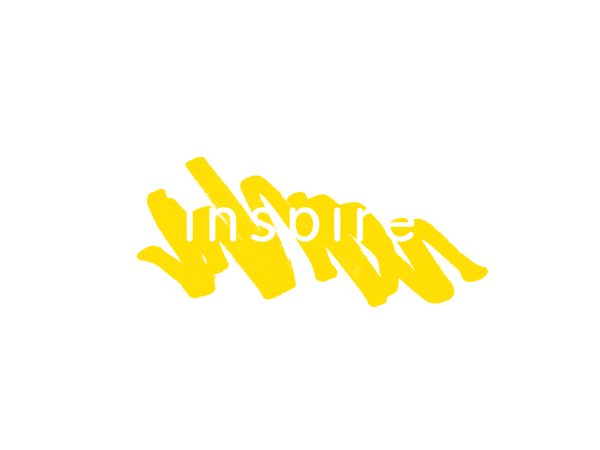
About the Initiative
Inspire would be a charity run initiative, funded by Windsor & Newton and organised by the Tate. The focus would be to encourage creativity, problem solving, building confidence and self-esteem within primary school children, with the ambition to provide school children across the country with a foundation of creativity on which to build a long term relationship with the arts.
The initiative would start with a Tate run workshop at every school throughout the country, to introduce our ideas to the pupils and staff with a range of activities and exercises, assisted by local artists and secondary school pupils. The necessary supplies would be provided by Windsor & Newton, therefore not impacting on the schools already stringent budget.
A workshop environment is proven that peers have much more of an influence on a childs development and their future than that of parents or teachers. Therefore by having a workshop scenario, in a controlled environment, where all the pupils are doing the same activity, there is a reduced likelihood of peer pressure having a negative impact on an individuals wish to have an continuing interest in it. To further reduce the impact of peer pressure and to increase attentiveness, secondary school pupils would be drafted in to assist with the workshop. It is proven that by using older students, younger pupils are much more focused, compared to their normal teacher, and are influenced a lot less by their peers as they seek attention from the older, ‘cooler’ individual.
To further the ambition of increasing the level of arts in schools, the initiative would need teachers help to make a real difference. By introducing arts and creativity on a 'little and often' basis, the likelihood of a pupil continuing their relationship with the subject dramatically increases. The recommend 30 minutes of creative subjects every three days and are designed to encourage them to think creatively and the activities can be integrated with other subjects, such as story writing.
Creativity provides a foundation upon to build an interest in arts and culture at a later stage. By setting achievable tasks with restrictions to encourage creative thought rather than ability the children are more likely to succeed and be happy with their response to the exercise. This therefore increases confidence and familiarity with the subject, increasing the likelihood to participation later in their education thereby increasing the likelihood of a long term relationship with the arts.


Branding
The idea of variety and the endless possibilities that creativity provides, was a key concept that I wanted to incorporate into the logo. The range of marks and styles represent the movement and actions of a range of arts and cultural activities with the Paul Klee quote being a major influence. The idea that a dot is a starting point and is only the beginning, with the ideology that anything is possible was something that I wanted to encapsulate. For this reason I decided to remove the dots of both of the i in the logo to further encapsulate the idea of endlessness
The logo follows a similar ideology to that of Wolff Olins branding of the Tate; “look again, think again”. I wanted to a have
a balance between an identity designed by children and one done by adults. The colour scheme and logo mark would change constantly, on the digital platform as well as print etc, again to push the idea of energy and variety.
a balance between an identity designed by children and one done by adults. The colour scheme and logo mark would change constantly, on the digital platform as well as print etc, again to push the idea of energy and variety.
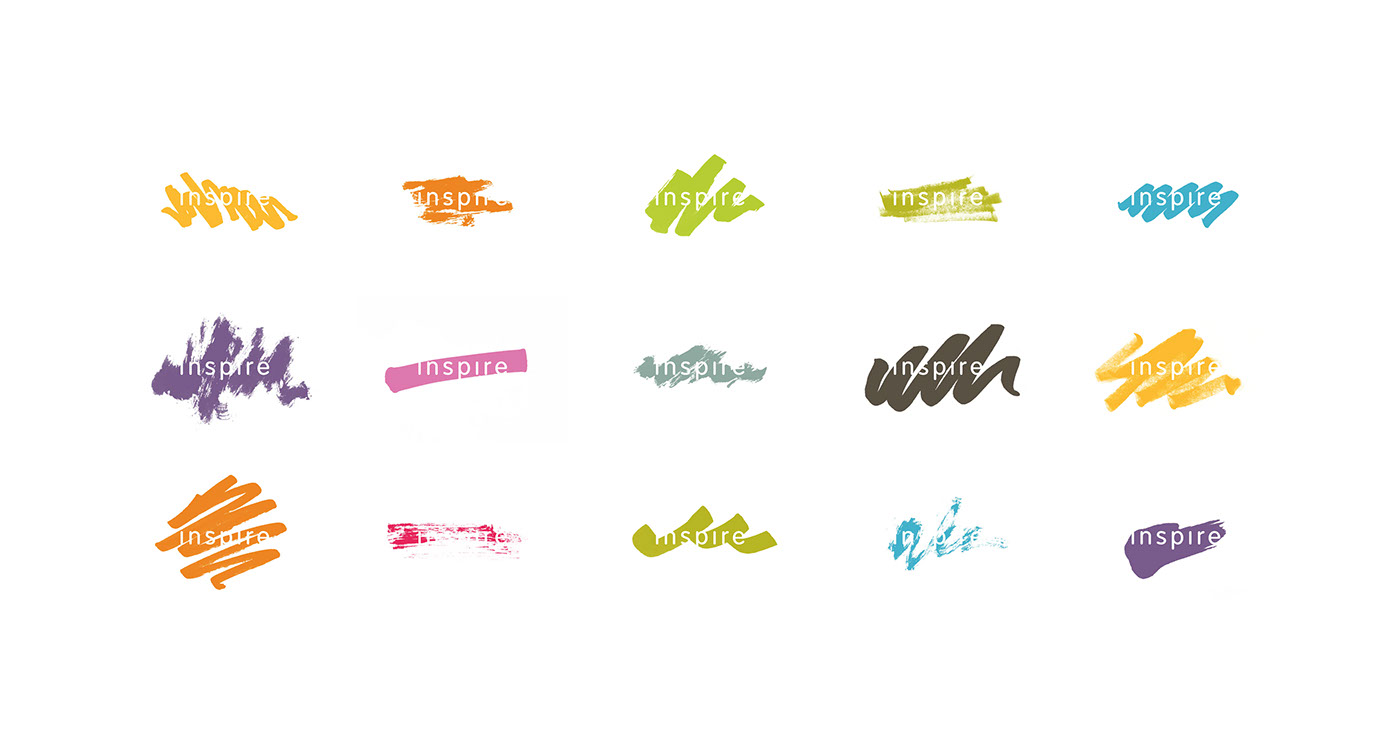
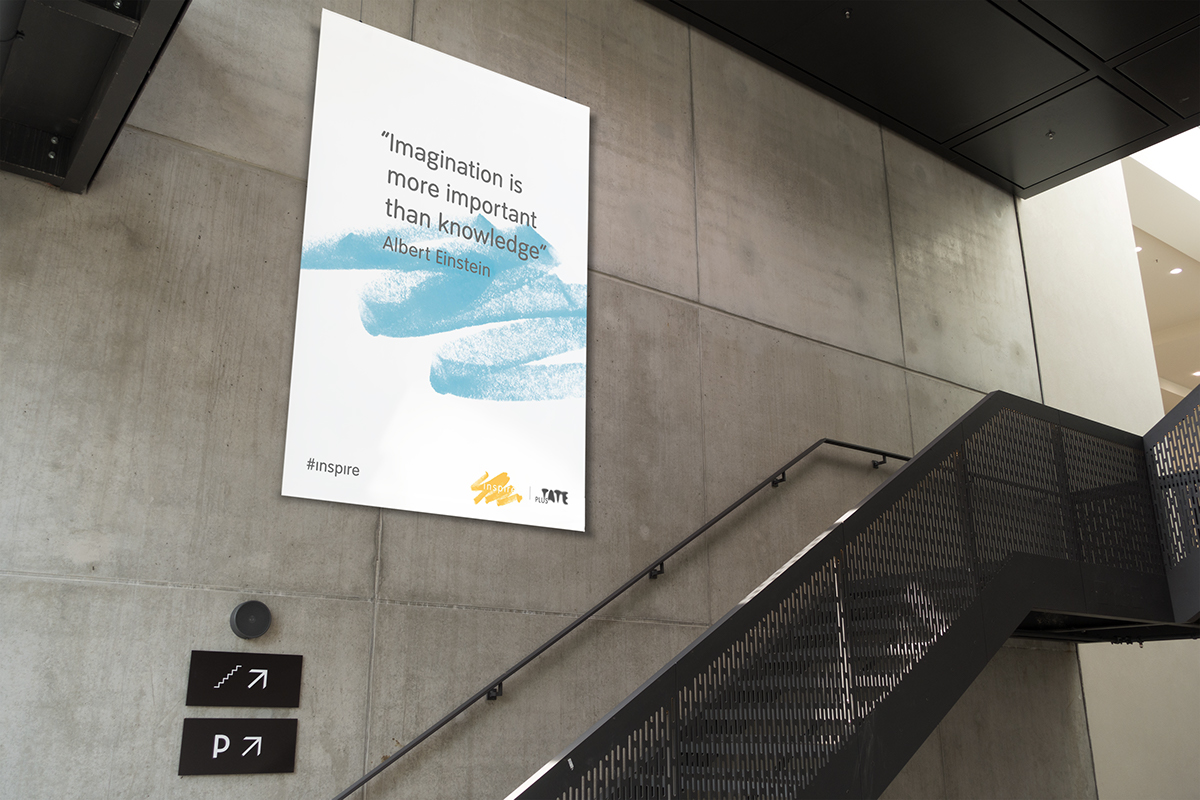
Promotional Material
The flyer would be the most direct piece of awareness material of the initiative and the first. Given to primary schools across the nation, to be placed in staff rooms and to be displayed on notice boards, the famous quotes would prove a talking point for many. On the reverse, it would describe the current curriculum, initial information about the initiative, the benefits and how an individual can make a difference to the program and the impact on the pupils.
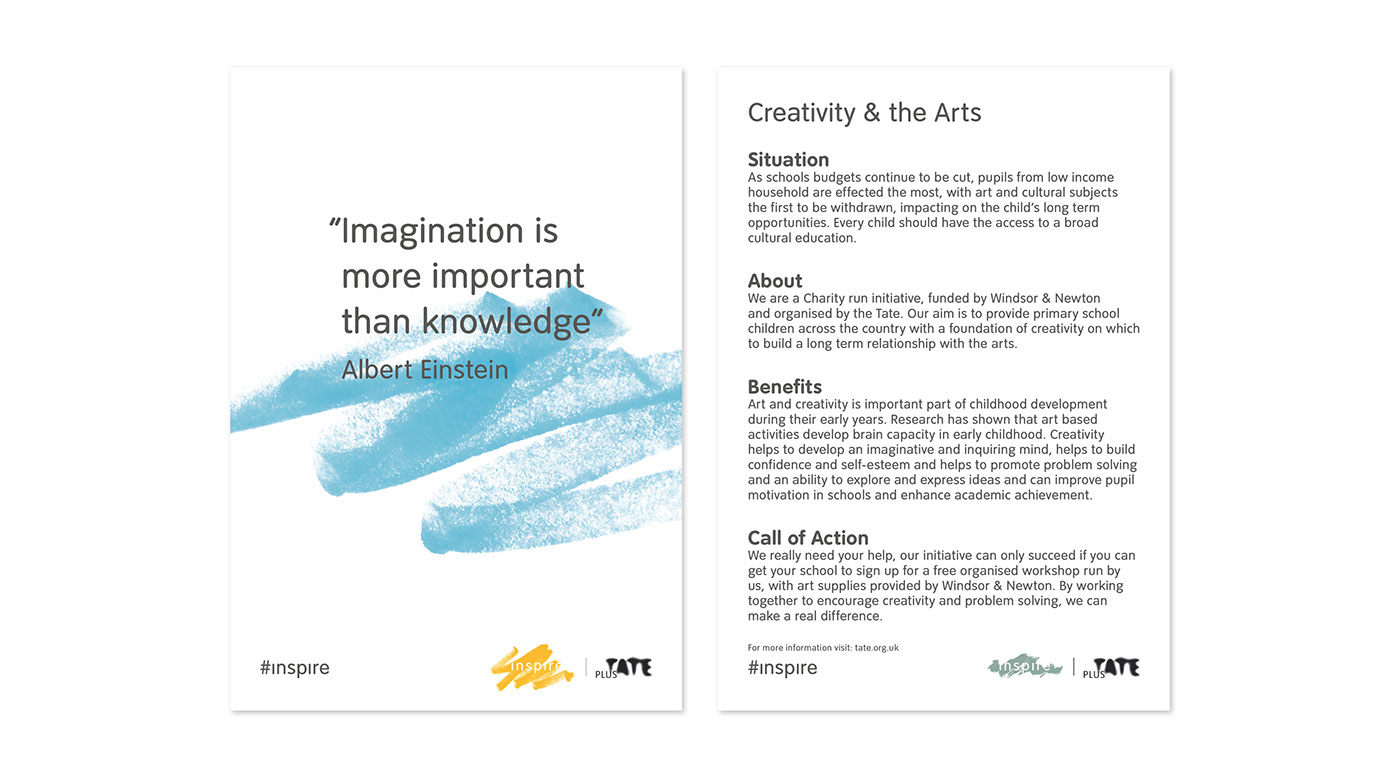
Of the activities that I have created, they are all designed to be short exercises that a teacher can lead themselves. They would only last 30 minutes and can be incorporated into other subject, for example creative writing. They are designed to offer restrictions to encourage increased creativity and problem solving rather than focus on artistic skill. For example, the Chinese Tangram, where basic shapes restricts the user in what they can create. The Tangram pieces would be printed on tear-able paper, and attached onto the square piece of paper.

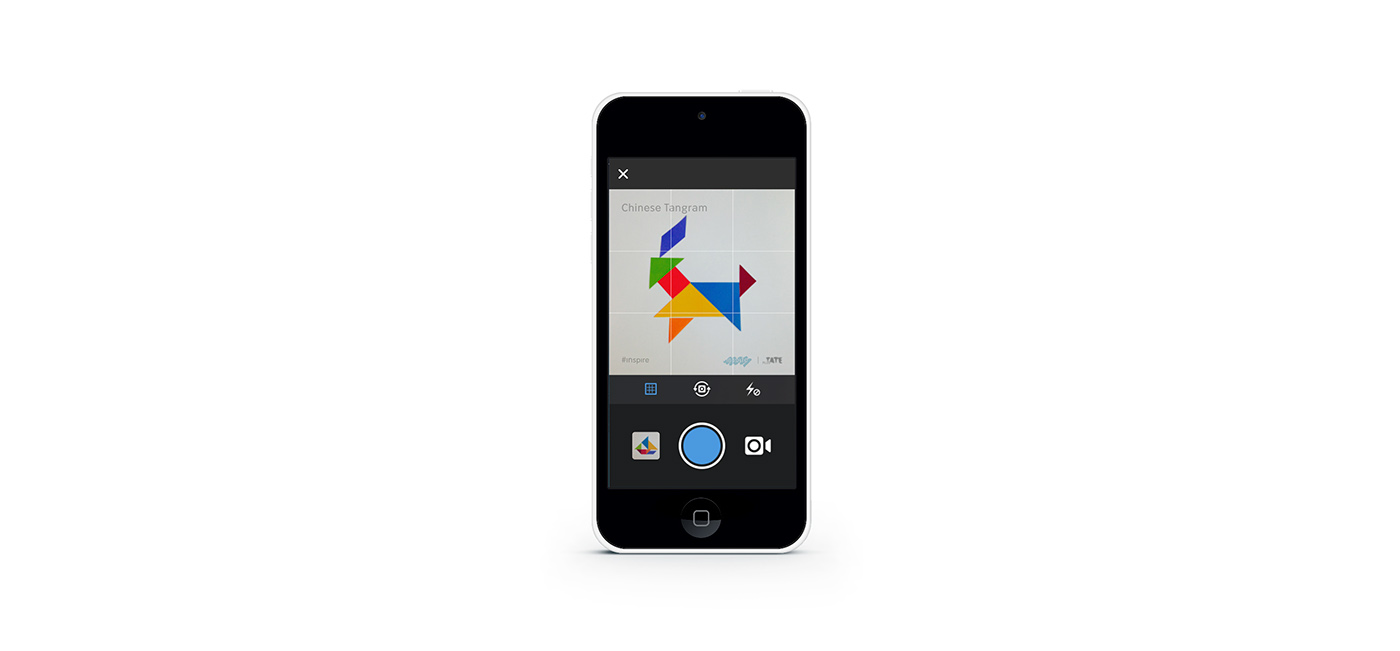
Social media would be an intrinsic piece to the initiative, enabling teachers to share and spread news as well as key ideas to further its impact. On every piece of design that I have created the hashtag remains the same, so when you view #inspire on instagram for example, you can see the range of creativity and imagination that primary school children across the country have produced. To assist in posting onto social media platform; instagram for example, the exercises are the same proportion as the image that you post (square) so there would be no cropping of the exercise or logos.
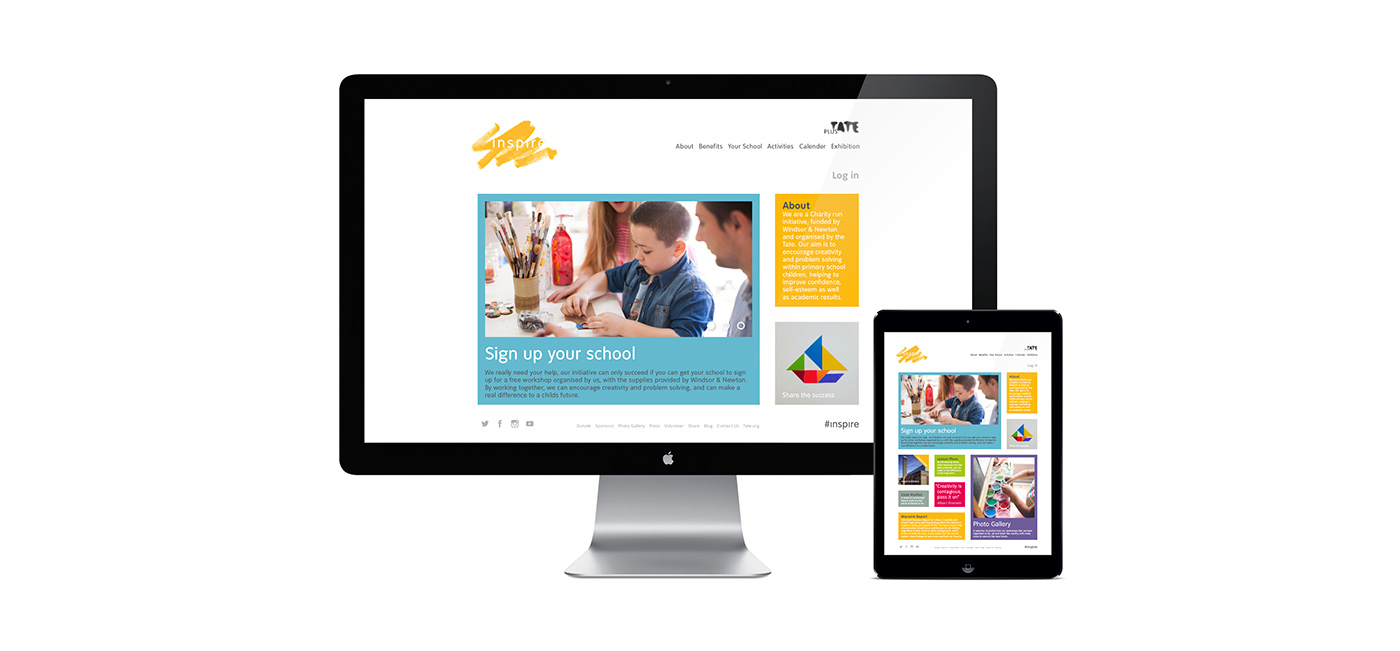
The website, for many teachers would be the first call to action, finding out more about the initiative and seeing if it is worth their time and effort. It would contain information about the initiative, benefits, how to sign up your school, exercises, case studies, calender of events and workshops, sharing the initiative on social media, a photo gallery and information about the exhibition.
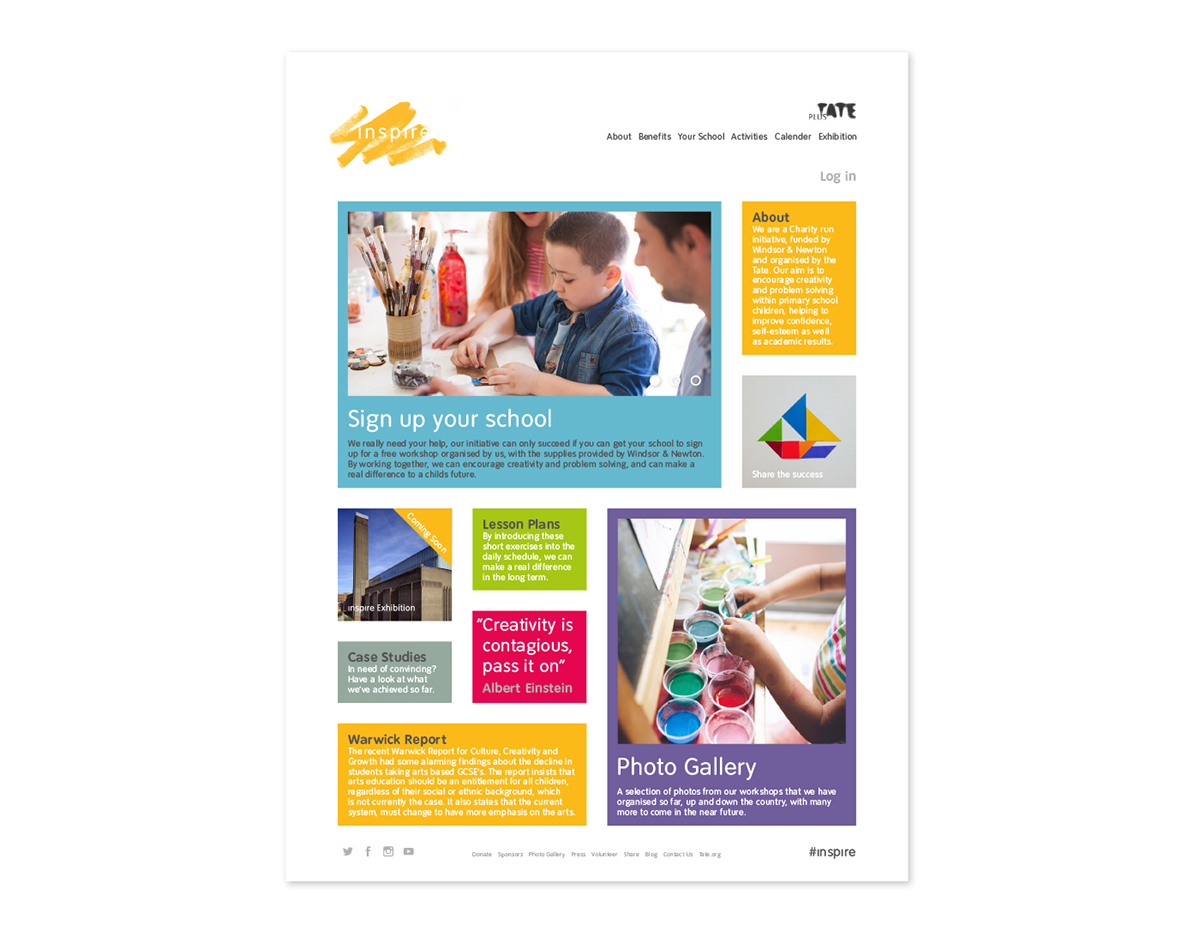
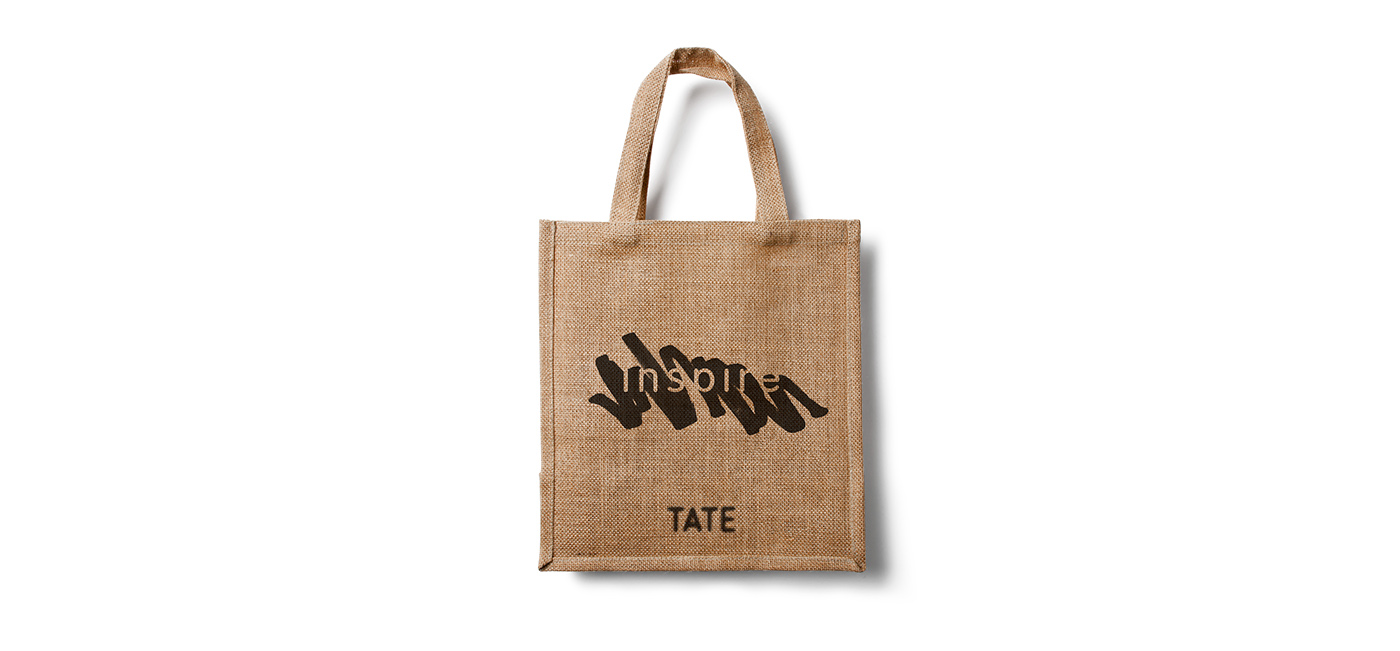
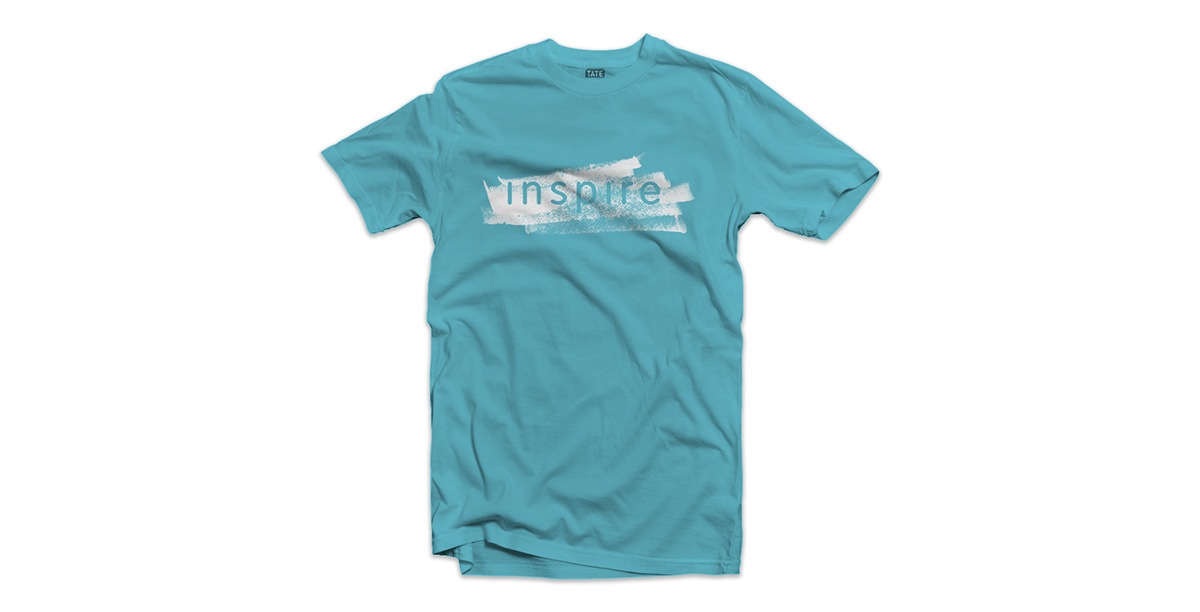


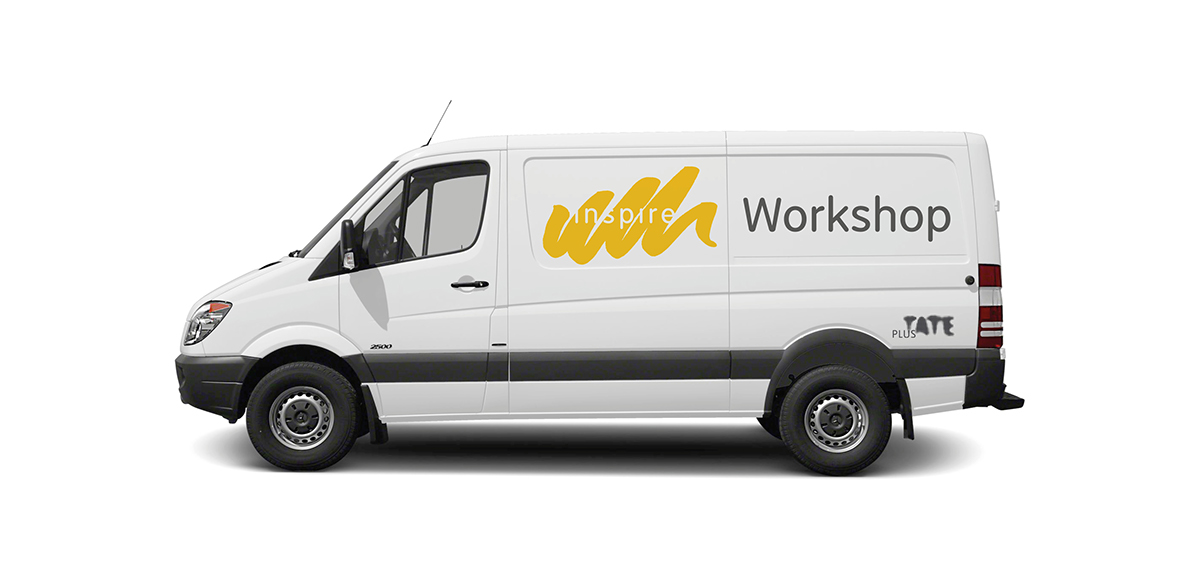

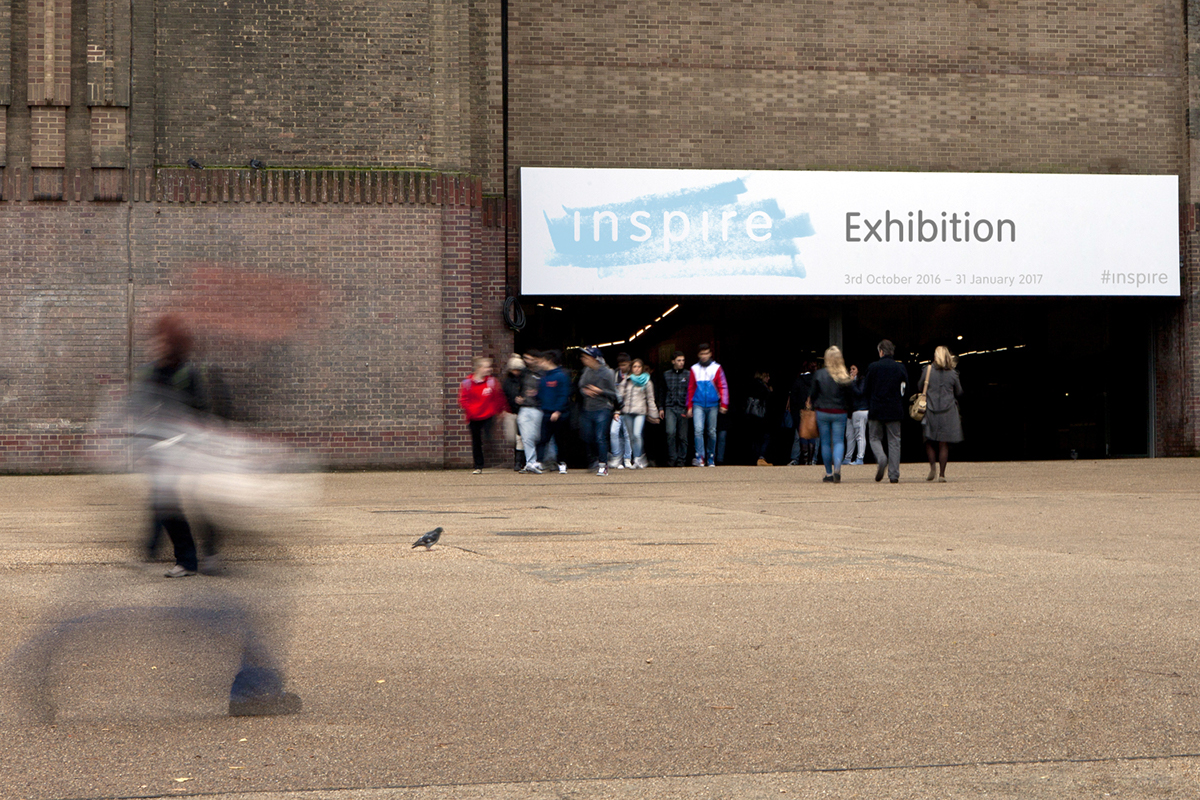
Exhibition
The Exhibition at the Tate Modern would show case the best primary school pupils work from across the country, and would encourage schools and parents to come and see it. It would be approximately a year after the initiative started, from the initial workshops to the teacher led exercises, and would receive large amounts of attention from the media and public.
By incorporating an student exhibition into the initiative, it would give schools an incentive to really put some time and effort into the program to show their creativity and to compete with rival schools. The exhibition would also encourage parents to become more involved with the program, to see the benefit and to inspire their children to pursue a career in the arts and culture.
The exhibition would highlight the improvements in the pupils overall, but would contain a political message, questioning what is possible in the long term. What if it was a broader education not just short exercises with the occasional workshop.

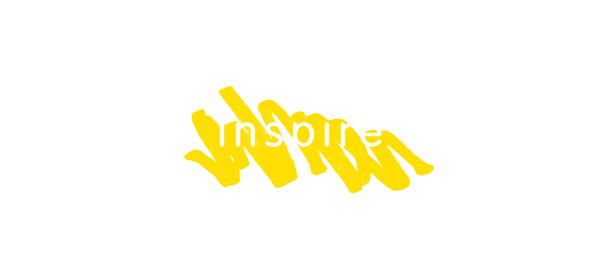
Thanks








